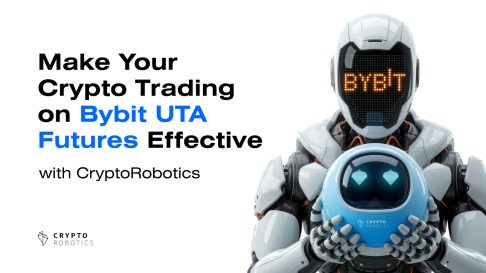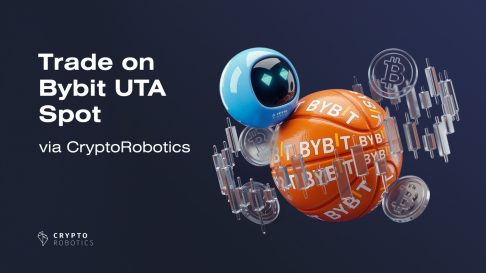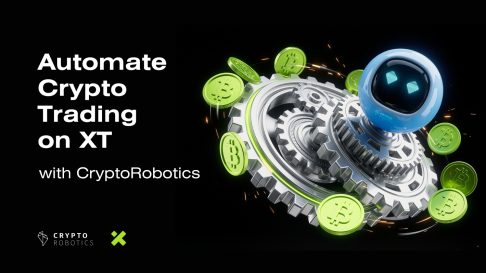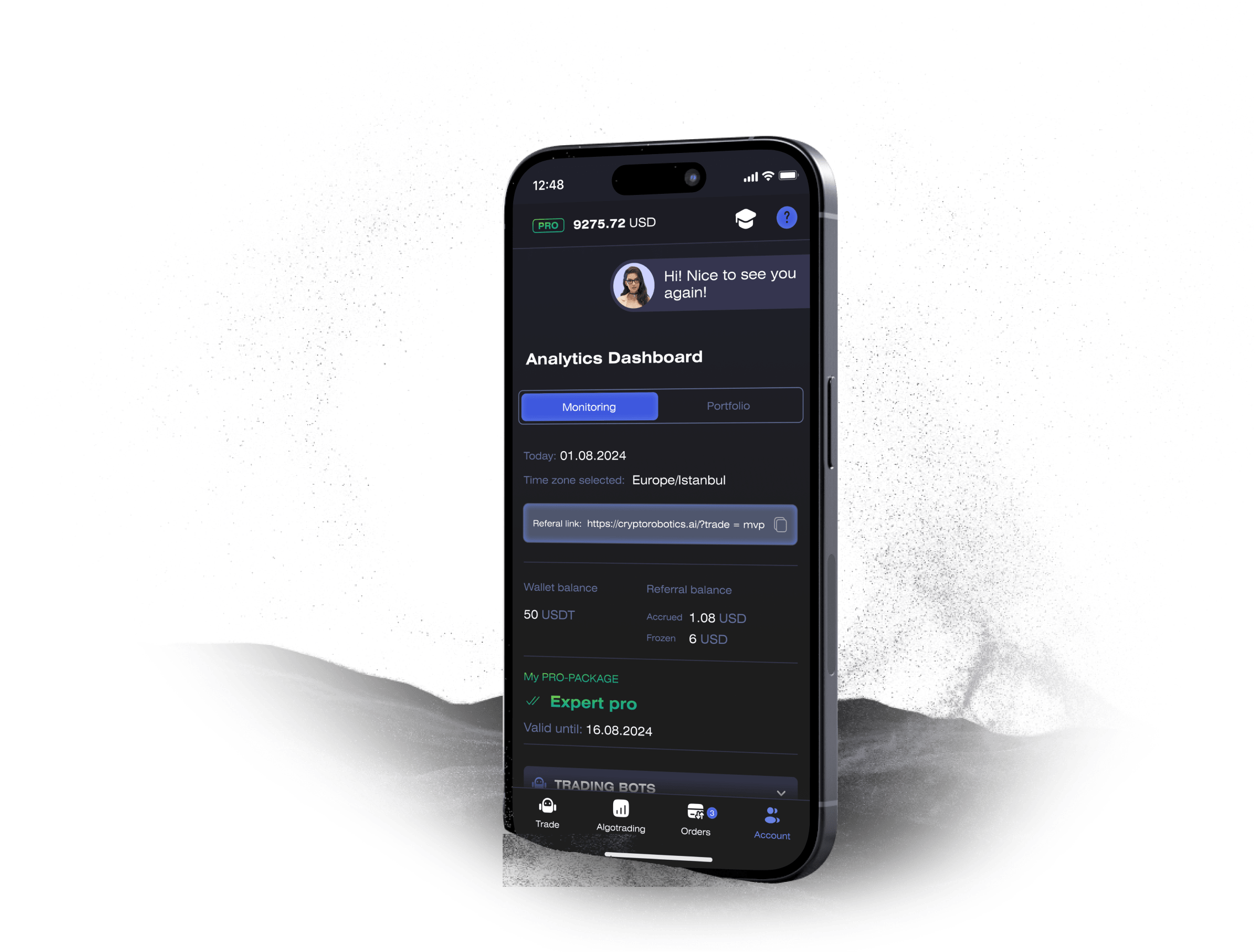Published: August 31, 2024 at 11:08 am
Updated on December 10, 2024 at 7:31 pm




Cardano (ADA) is a proof-of-stake blockchain platform built on the Ouroboros consensus algorithm, utilizing ownership stake as a means of consensus. This innovative protocol enables transaction verification with minimal energy consumption. The platform is developed using Haskell, a programming language that prioritizes real-world data and ensures exceptional security and stability.
ADA, the native token of Cardano, was named in honor of mathematician Ada Lovelace, who lived in the 19th century.
The project’s mission is to transform the way cryptocurrencies and smart contracts are developed and utilized. Founded on principles of rigorous research, peer-reviewed academic approaches, and technological innovation, Cardano seeks to provide a secure, sustainable, and scalable ecosystem for financial and social applications.
Founded in 2017, Cardano draws its name from the Italian polymath Gerolamo Cardano of the 16th century. The ADA token’s design allows owners to actively participate in the network’s operation, granting them voting rights on proposed software changes.
Cardano’s layered blockchain technology has demonstrated compelling use cases, supporting the development of decentralized applications and smart contracts with modularity. On September 12, 2021, the “Alonzo” hard fork was successfully launched on the Cardano blockchain platform, which added the ability to use smart contracts in this network. Subsequently, numerous smart contracts were deployed within the first 24 hours of the Alonzo launch.
Various industries have adopted Cardano for practical applications. Agricultural companies use it to track fresh produce from farm to table, while educational credentials can be securely stored on the platform. Additionally, retailers leverage Cardano to combat the trade of counterfeit goods.
When creating the Cardano project, highly qualified specialists from around the world were involved, which led to the formation of a multinational corporation, the Cardano Foundation, which unites representatives of 24 nationalities. Teams operate in 15 countries on four continents, headquartered in Switzerland.
The founders of Cardano include Charles Hoskinson, who played a significant role in the creation of the Ethereum network. As the CEO of IOHK, the company responsible for developing Cardano’s blockchain, Hoskinson has been instrumental in its establishment.
In a recent interview as part of CoinMarketCap’s Crypto Titans series, Hoskinson shared his early involvement with cryptocurrencies, which dates back to 2011. He ventured into activities like mining and trading during that time. However, his first official entry into the industry occurred in 2013 when he designed a course focused on Bitcoin, attracting an enrollment of 80,000 students.
Besides being a technology entrepreneur, Charles Hoskinson boasts a background in mathematics. In 2020, his technology company demonstrated its commitment to academia by donating ADA tokens worth $500,000 to support the University of Wyoming’s Blockchain Research and Development Lab.
The history of Cardano encompasses several key stages and significant moments:
Cardano continues its active development, and its team aims to make the platform one of the most innovative and secure blockchain technologies in the world.
Cardano stands out as one of the major blockchains to successfully utilize a proof-of-stake (PoS) consensus mechanism, a method that consumes less energy compared to the proof-of-work (PoW) algorithm employed by Bitcoin.
The project follows a strict practice of having all its technological developments, innovations, and research go through a thorough review by experts in the relevant field. The purpose of this process is to ensure the quality, accuracy, and validity of the work before it is implemented or integrated into the project.
By subjecting their developments to peer-reviewed research, the project aims to maintain high standards and credibility in its advancements and contributions to the field of cryptocurrency. This approach allows bold ideas to be critically examined before they are validated, ensuring the blockchain’s durability and stability. By anticipating potential challenges in advance, Cardano’s team seeks to mitigate risks effectively.
In 2020, Cardano underwent the Shelley upgrade, aiming to achieve unparalleled decentralization, surpassing other large blockchains by 50 to 100 times. This move was expected to enable hundreds of assets to operate on the network, further enhancing its capabilities.
The launch of the Alonzo hard fork in September 2021 marked the end of the Shelley era and ushered in the Goguen phase. This development enabled users to develop and deploy smart contracts on Cardano, facilitating the creation of native decentralized applications (DApps) on the blockchain. The anticipation surrounding this milestone drove Cardano’s price to surpass $3 and reach an all-time high of $3.101 on September 2, 2021.
The Vasil hard fork, named in honor of Bulgarian mathematician Vasil Dabov, a significant contributor to Cardano, has garnered immense anticipation as one of the most awaited upgrades for the blockchain. This hard fork marks the third stage of development Cardano and is set to introduce several enhancements to the blockchain’s smart contract programming language Plutus and the network’s capacity.
Originally scheduled for June 2022, the event has faced multiple postponements.
The update took place on June 29, 2023. This hard fork is now expected to significantly improve the Cardano network. Despite the fact that the ADA coin has lost over 60% of its value, investors can expect a recovery in the price of the coin after the long-awaited update.
Vasil implements five crucial mechanisms to enhance Cardano’s scalability and usability, namely CIP-31, CIP-32, CIP-33, CIP-40, and diffusion pipelining.
CIP-31, also known as “reference inputs,” will introduce a new type of input that allows developers to examine the output’s result without spending it. This optimization will increase transaction throughput and improve concurrency.
The CIP-32 proposal aims to enable inline datums, enabling developers to attach datums to outputs instead of datum hashes, as currently done. This update facilitates coding scripts that directly refer to the input, simplifying and expediting datum value communication between users.
Cardano Improvement Proposal 33 will permit reference scripts to be attached to outputs, fulfilling the validation requirements in place of the spending transaction. This change streamlines the validation process and reduces transaction sizes.
On the other hand, CIP-40 introduces a novel type of output called collateral outputs to transactions, aiming to enhance the overall scalability of the network.
Diffusing pipelining serves as Cardano’s consensus layer scaling solution. This improvement proposal introduces overlaying some steps a block undergoes as it moves across the chain, allowing for concurrent transactions and encouraging more DApp deployment.
The security of the Cardano network is ensured through the implementation of an environmentally sustainable and verifiably secure Proof-of-Stake (PoS) protocol known as Ouroboros.
This innovative protocol builds upon the security features provided by a Proof-of-Work (PoW) consensus mechanism, while consuming significantly less energy, making it four times more energy-efficient than Bitcoin, according to the project’s claims.
Ouroboros is a well-balanced combination of cutting-edge technology and mathematically proven mechanisms, complemented by insights from behavioral psychology and economic philosophy. Its primary goal is to achieve sustainable and ethical growth for the network.
To incentivize active participation, the network employs a mechanism that rewards participants for their engagement and contributions. This incentive structure further enhances the security and stability of the Cardano blockchain.
On September 12, Cardano unveiled its highly-anticipated Alonzo upgrade, signaling a major transformation for the blockchain network. With this upgrade, Cardano now has the capability to support a diverse array of cryptocurrency applications, including non-fungible tokens (NFTs) and smart contracts.
Charles Hoskinson, the founder of Cardano, described Alonzo as an initiative to introduce “programmability” to the network. He compared this upgrade to the introduction of JavaScript to web browsers, which revolutionized the internet and paved the way for dynamic web pages like Facebook and YouTube.
Named after the renowned American mathematician Alonzo Church, a pioneering figure in computer science, the upgrade signifies a significant step forward in the platform’s development.
The Alonzo upgrade expands Cardano’s functionality beyond its native token, bringing it closer to Ethereum’s capabilities. Just like Ethereum, Cardano now supports smart contracts, which are a fundamental aspect of the decentralized finance sector. Additionally, the upgrade enables the use of NFTs and opens up opportunities for decentralized exchanges on the network.
The impact of the Alonzo upgrade on Cardano’s growth has been evident. The number of Cardano wallets surpassed three million in February 2022, representing a remarkable surge of 1,200% since December 2020. This surge was attributed to the rise of smart contracts following the Alonzo Upgrade, with Cardano reaching over 1,000 smart contracts by January 27, 2022.
Moreover, the ecosystem has witnessed an explosive surge in developer activity. Cardano attracted the most developers contributing to its GitHub repository, surpassing even more established blockchains like Solana. On average, more than 50 contributions are made to Cardano’s repository daily, highlighting the community’s active engagement.
Despite these achievements, challenges remain for the network, particularly with the implementation of its smart contracts. Some users expressed concerns about the sluggish launch of the SundaeSwap decentralized exchange in January 2022. However, Cardano’s growing developer base and ongoing upgrades indicate a promising future for the platform, driving innovation and adoption in the blockchain space.
The goal of Cardano is to become the most environmentally sustainable blockchain platform. Unlike the energy-intensive Proof-of-Work mechanism used in the Bitcoin network, Cardano employs a unique Proof-of-Stake consensus mechanism called Ouroboros.
Decentralized cryptocurrency networks without oversight from a central authority, like a bank, need to ensure the legitimacy of all transactions. This is achieved through a consensus mechanism. The first consensus mechanism, Proof-of-Work, gained popularity through Bitcoin mining, requiring significant computational power from virtual miners. The second mechanism, Proof-of-Stake, relies on participants who invest their own funds, known as validators.
The network selects a winner based on the amount of ADA tokens each validator has staked and the duration they have held them. This way, the network rewards validators with the highest level of participation.
When the winner verifies the last block of transactions, other validators can confirm its accuracy. After reaching a certain number of confirmations, the network adds fresh data to the blockchain.
All participating validators receive rewards in ADA, distributed by the network proportionally to each validator’s stake.
Being a validator comes with significant responsibility, but interested parties can also receive ADA rewards by delegating a portion of their cryptocurrency to a staking pool managed by others.
Starting from March 1, 2021, the Cardano blockchain allows the creation of native tokens. Like Ethereum tokens, which can be NFTs or stablecoins, Cardano’s native assets can be created and distributed on the blockchain, as well as interact with smart contracts (after the launch of smart contracts on the platform).
Cardano has its native cryptocurrency called ADA, similar to how Ethereum has its native cryptocurrency ETH. ADA can be bought or sold on exchanges such as Cardex with the lowest fees. ADA cryptocurrency can be used for investing (e.g., as part of a cryptocurrency portfolio), sending and receiving payments, as well as staking and paying transaction fees on the Cardano network.
Nearly every hardware cryptocurrency wallet has the capability to store Cardano ADA. These hardware wallets, such as Ellipal Titan, Trezor Model T, and Ledger Nano X, among others, serve as reliable storage options for Cardano. Additionally, each of these wallets provides an excellent platform for staking ADA.
What is Cardano?
Cardano is a decentralized blockchain platform and cryptocurrency, designed to facilitate smart contracts and decentralized applications (DApps).
How does Cardano differ from other cryptocurrencies?
Cardano stands out with its unique Proof-of-Stake consensus mechanism, Ouroboros, which aims to enhance scalability, security, and sustainability.
How can I buy ADA, the cryptocurrency of Cardano?
You can purchase ADA from various cryptocurrency exchanges by trading with other cryptocurrencies or using fiat currencies.
What are the popular wallets for storing ADA?
Ellipal Titan, Trezor Model T, and Ledger Nano X are among the popular hardware wallets to securely store ADA.
How does Cardano support staking?
Cardano allows users to participate in staking by delegating their ADA to a stake pool, earning rewards for contributing to the network’s security.
What are the potential use cases for Cardano?
Cardano aims to support various applications, including supply chain management, identity verification, financial services, and more.
Is Cardano scalable and environmentally friendly?
Cardano’s design emphasizes scalability and sustainability, making it energy-efficient compared to traditional Proof-of-Work networks.
How is Cardano’s development governed?
Cardano follows a research-driven approach, guided by the Cardano Foundation, IOHK, and Emurgo, ensuring transparency and community involvement.
Can I develop my DApps on the Cardano platform?
Yes, Cardano’s multi-layer architecture allows developers to build and deploy decentralized applications on the blockchain.
Is Cardano a good investment?
As with any investment, it’s essential to conduct thorough research and consider market conditions before making decisions regarding ADA or any other cryptocurrency.
Related Topics
















Access the full functionality of CryptoRobotics by downloading the trading app. This app allows you to manage and adjust your best directly from your smartphone or tablet.


News
See more






